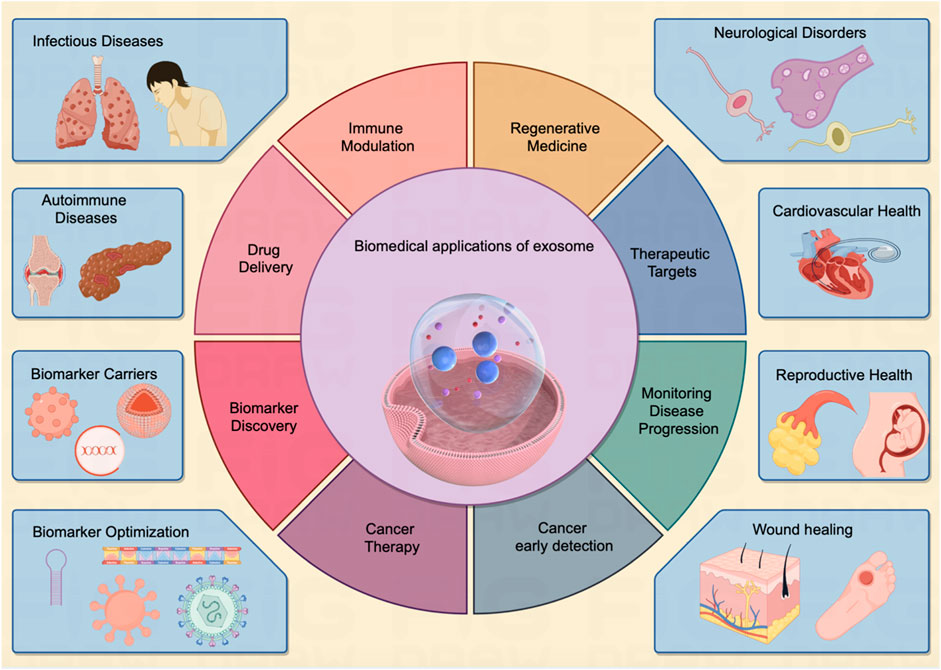Report on the Intersection of Gluten Consumption, Mental Health, and Sustainable Development Goal 3
Advancing SDG 3: Investigating the Link Between Diet and Mental Well-being
A growing body of research indicates a significant connection between the consumption of grain-based products containing gluten and the onset or exacerbation of various psychological conditions. This link is of critical importance to the advancement of Sustainable Development Goal 3 (Good Health and Well-being), which seeks to promote mental health for all. The primary agent under investigation is gluten, a protein found in wheat, barley, and rye, which may negatively impact brain function in susceptible individuals.
Gluten Sensitivity, Celiac Disease, and Systemic Inflammation
For a segment of the population, gluten consumption triggers adverse reactions. Gluten sensitivity can lead to a range of symptoms, while Celiac disease represents a more severe autoimmune response. In cases of Celiac disease, the body’s immune system incorrectly identifies gluten as a threat, initiating an inflammatory response that damages the small intestine. This process has systemic implications that extend beyond the digestive system.
According to Dr. Emeran Mayer, a gastroenterologist and neuroscientist, “Inflammation that starts in the gut doesn’t stay in the gut. [It] can have a damaging effect on the brain.” The activation of immune cells can transmit signals to the brain via the vagus nerve, potentially triggering fatigue and depressive behaviors, thereby directly impacting the targets of SDG 3.
Correlations with Psychological Disorders: A Challenge to SDG 3 Targets
The inflammatory effects and subsequent neurological impact associated with gluten-related disorders present a significant challenge to achieving universal mental health and well-being. Research has established links between these conditions and several psychological disorders, including:
- Depression
- Anxiety and Panic Disorder
- Schizophrenia
- ADHD-like symptoms in children
- Brain fog and mood disorders in adults
Statistical evidence underscores the severity of this public health issue. While approximately 8% of the general population experiences major depressive disorder, studies indicate the rate among individuals with celiac disease could be as high as 30%. Furthermore, research suggests that individuals with celiac disease are three times more likely to develop schizophrenia, highlighting a critical area of focus for public health initiatives aligned with SDG 3.
Implications for SDG 2 (Zero Hunger) and Nutrient Security
The gut damage caused by gluten sensitivity can impair the body’s ability to absorb essential nutrients, a condition that intersects with the objectives of Sustainable Development Goal 2 (Zero Hunger), which aims to end all forms of malnutrition. Malabsorption prevents the uptake of nutrients vital for optimal brain function, including:
- B vitamins
- Iron
- Vitamin D
- Magnesium
- Zinc
Nutritional deficiencies resulting from this malabsorption can directly contribute to or worsen psychological symptoms, creating a detrimental cycle that undermines progress toward both SDG 2 and SDG 3.
Evaluating Dietary Interventions
The efficacy of a gluten-free diet as a therapeutic intervention for associated mental health conditions yields mixed results. A review of existing studies presents a complex picture:
- Some clinical trials have demonstrated that a gluten-free diet can alleviate symptoms of anxiety and depression in individuals with diagnosed celiac disease or gluten sensitivity. One study noted lower anxiety levels in participants after one year on a gluten-free diet.
- Conversely, other studies have shown no significant improvement in psychological symptoms, with anxiety levels sometimes remaining elevated even after the elimination of gluten from the diet.
Experts suggest that the psychological burden of managing a chronic health condition and the hypervigilance required for a strict gluten-free diet can themselves be sources of stress and anxiety, complicating the path to improved well-being under SDG 3.
Prevalence and Public Health Significance
The number of individuals affected by gluten-related disorders is substantial, underscoring the need for greater public health awareness and strategy. Current estimates for the United States population are as follows:
- Celiac Disease: Affects approximately 1 in 133 people, or 1% of the population (around 2 million individuals).
- Non-Celiac Gluten Sensitivity: Estimated to affect approximately 6% of the population (around 20 million individuals).
The significant prevalence of these conditions and their documented impact on mental health necessitate further research and targeted health policies to support the global commitment to Sustainable Development Goal 3.
Which SDGs are addressed or connected to the issues highlighted in the article?
-
SDG 3: Good Health and Well-being
The article directly addresses health and well-being by focusing on the connection between diet (specifically gluten consumption) and a range of health issues. It discusses non-communicable diseases such as celiac disease and mental health conditions like depression, anxiety, and schizophrenia. The entire narrative revolves around understanding the causes of these conditions and potential dietary interventions, which is central to ensuring healthy lives and promoting well-being for all.
-
SDG 2: Zero Hunger
While the article does not discuss hunger in the traditional sense, it is relevant to SDG 2 through its focus on nutrition and malnutrition. The article explains that gluten sensitivity can damage the gut lining, which “can interfere with the absorption of nutrients essential for brain function, including B vitamins, iron, vitamin D, magnesium and zinc.” This malabsorption is a form of malnutrition, directly connecting the article’s content to the goal of ending all forms of malnutrition.
What specific targets under those SDGs can be identified based on the article’s content?
-
Target 3.4: By 2030, reduce by one-third premature mortality from non-communicable diseases through prevention and treatment and promote mental health and well-being.
The article extensively discusses several non-communicable diseases and mental health conditions. It highlights the prevalence of major depressive disorder, anxiety, panic disorder, and schizophrenia, particularly in individuals with celiac disease. The text explores how gluten can trigger or worsen these psychological symptoms, linking a dietary factor to mental health outcomes. By investigating the causes and potential dietary management (a gluten-free diet), the article aligns with the target’s aim to prevent and treat these conditions and promote mental well-being.
-
Target 2.2: By 2030, end all forms of malnutrition, including achieving, by 2025, the internationally agreed targets on stunting and wasting in children under 5 years of age, and address the nutritional needs of adolescent girls, pregnant and lactating women and older persons.
The article connects to this target by explaining a specific mechanism of malnutrition. It states that damage to the gut from gluten sensitivity “can interfere with the absorption of nutrients essential for brain function.” This directly addresses the issue of malnutrition caused by poor nutrient absorption, not just a lack of food. The mention that antibodies linked to gluten sensitivity can “cross the placenta” and potentially increase the risk of psychosis in children also touches upon the nutritional needs and health of mothers and their offspring, which is a key focus of this target.
Are there any indicators mentioned or implied in the article that can be used to measure progress towards the identified targets?
-
Indicators for Target 3.4
The article provides several quantitative data points that can serve as indicators to measure the burden of the discussed non-communicable and mental health diseases:
- Prevalence of Celiac Disease: The article states that “about 1 in every 133 people — roughly 1% of the US population — is estimated to have celiac disease.” This is a direct measure of the prevalence of this non-communicable disease.
- Prevalence of Gluten Sensitivity: It is estimated that “about 6% of the US population — or roughly 20 million people — may be sensitive to gluten,” indicating the scale of the population at risk for related health issues.
- Prevalence of Major Depressive Disorder: The article notes that “around 8% of the general population is diagnosed with major depressive disorder,” providing a baseline. It contrasts this with the rate in people with celiac disease, which “some research putting the rate as high as 30%.” This comparison highlights the increased mental health burden in a specific sub-population.
- Increased Risk of Schizophrenia: The article mentions a study finding that “people with celiac are three times more likely to develop schizophrenia than those without the condition,” which is a specific risk indicator.
-
Indicators for Target 2.2
The article implies an indicator for malnutrition without providing specific prevalence data:
- Nutrient Deficiencies: The article implies that the prevalence of deficiencies in key nutrients could be an indicator. It explicitly states that gluten-induced gut damage can interfere with the absorption of “B vitamins, iron, vitamin D, magnesium and zinc.” Measuring the prevalence of these specific nutrient deficiencies in populations with gluten sensitivity or celiac disease would be a direct way to track this form of malnutrition.
| SDGs | Targets | Indicators |
|---|---|---|
| SDG 3: Good Health and Well-being | Target 3.4: Reduce premature mortality from non-communicable diseases through prevention and treatment and promote mental health and well-being. |
|
| SDG 2: Zero Hunger | Target 2.2: End all forms of malnutrition… and address the nutritional needs of… pregnant… women. |
|
Source: nypost.com







